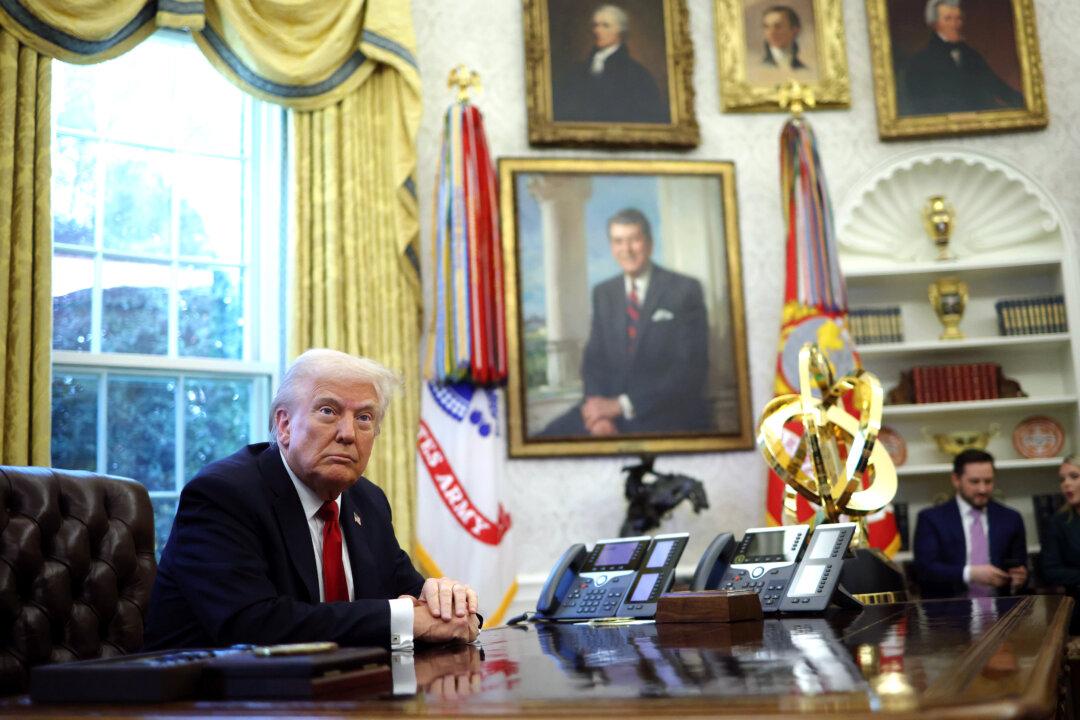Students in Seattle are set to miss a fifth day of classes on Tuesday amid an ongoing teacher strike over increased pay and more classroom support, although a tentative agreement has now been reached.
The strike initially began on Wednesday, Sept. 7 on what was supposed to be the first day of school for the roughly 50,000 students in the Seattle school district. The teachers union, the Seattle Education Association, said 95 percent of its voting members approved the strike.
However, negotiations have been ongoing between the school and the teachers union, and classes were again canceled on Tuesday.
In a later update posted to its official website, SPS said it had reached a tentative agreement on the educators’ contract but that a date had not yet been determined regarding when the school would start classes again.
SPS added that it would share an update regarding the start of school date later on Tuesday.
“This was an incredible effort by the SPS and SEA bargaining teams. We want to thank everyone on both teams who worked hard to come to a resolution,” the school district said. “A special thank you to our educators who are the backbone of our school district. They work hard every day supporting our students and families. We are proud to move in a direction that will better meet the needs of our students and staff.”
Better Pay, Capped Workloads
Teachers that have gone on strike are calling for more educational and emotional help for students, particularly those with special needs or learning difficulties. They have also called for increased pay and capped workloads. Their contract with the district expired in August.The school district had initially offered teachers pay raises of an additional 1 percent above the 5.5 percent cost-of-living increase set by state lawmakers, but that offer was ultimately rejected by the union.
“We should all be proud of what we accomplished and what we stood up for: student supports and respect for educators,” it added.
The latest strike comes amid a shortage of teachers across the United States which has been further exacerbated by the COVID-19 pandemic and subsequent lockdowns, along with a mandatory vaccine rollout that left teachers who were unwilling to get the vaccine out of a job.





